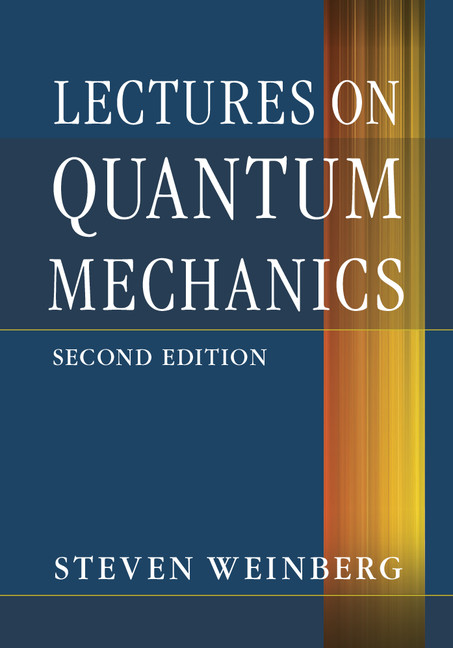


If the electrons were particles, they would create two bright lines where they had impacted the screen after passing through one or the other of the slits, according to a popular article in Nature (opens in new tab). This can be most famously seen in the double-slit experiment, where particles such as electrons are shot at a board with two slits cut into it, behind which sits a screen that lights up when an electron hits it. In quantum mechanics, particles can sometimes exist as waves and sometimes exist as particles. (Image credit: grayjay via Shutterstock) (opens in new tab) Here is a diagram of the double-slit experiment where electrons produce a wave pattern when two slits are used. It also explained how certain colors of light could eject electrons off metal surfaces - a phenomenon known as the photoelectric effect. With this new way to conceive of light, Einstein offered insights into the behavior of nine phenomena in his paper, including the specific colors that Planck described being emitted from a light bulb filament. This is where the "quantum" part of quantum mechanics comes from. (opens in new tab)"Įinstein envisioned light traveling not as a wave, but as some manner of "energy quanta." This packet of energy, Einstein suggested in his paper, could "be absorbed or generated only as a whole," specifically when an atom "jumps" between quantized vibration rates. Planck himself didn't believe in either atoms or discrete bits of light, but his concept was given a boost in 1905, when Einstein published a paper, " Concerning an Heuristic Point of View Toward the Emission and Transformation of Light. This idea flew in the face of ideas about light at the time, when most physicists believed that light was a continuous wave and not a tiny packet. The problem was that Boltzmann's work relied on the fact that any given gas was made from tiny particles, meaning that light, too, was made from discrete bits. Planck realized that equations used by physicist Ludwig Boltzmann to describe the behavior of gases could be translated into an explanation for this relationship between temperature and color.

By introducing basic ideas using postulates, students are given a very straightforward way to think about important concepts, including entropy and temperature, ensembles and quantum mechanics.In 1900, German physicist Max Planck was trying to explain why objects at specific temperatures, like the 1,470-degree-Fahrenheit (800 degrees Celsius) filament of a light bulb, glowed a specific color - in this case, red, according to the Perimeter Institute (opens in new tab). The main innovation is the use of the postulatory approach to introducing fundamental concepts and the very clear connection between macroscopic and microscopic thermodynamics. It also covers non-equilibrium behavior as found in kinetic theory and chemical kinetics. It covers the relationship between macroscopic and microscopic thermodynamics and derives properties for gases, liquids and solids. It is designed for those entering advanced fields such as combustion, high temperature gas dynamics, environmental sciences, or materials processing, or wishes to build a background for understanding advanced experimental diagnostic techniques in these or similar fields.

This specialization was developed for the mechanical or aerospace engineering advanced undergraduate graduate or graduate student who already has a strong background in undergraduate engineering thermodynamics and is ready to tackle the underlying fundamentals of the subject.


 0 kommentar(er)
0 kommentar(er)
